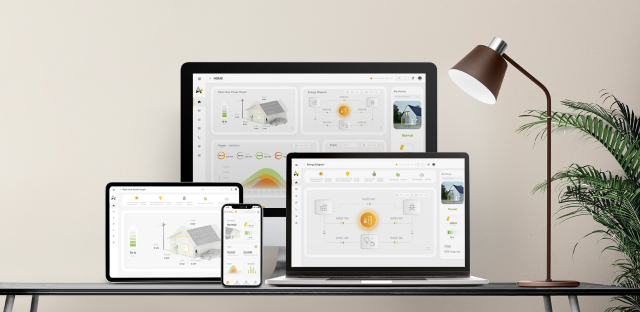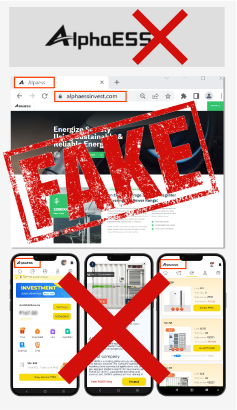Battery Safety: More Critical Than Ever—From EVs to Energy Storage
2025-04-10
As electric vehicles and energy storage systems become increasingly embedded in everyday life, the question of battery safety is more important than ever. From powering homes and businesses to enabling cleaner transportation, lithium-ion batteries are shaping a more sustainable future — but only if we can ensure they're reliable, stable, and safe.
That's why, at AlphaESS, we place it at the core of everything we do. Our commitment to safety is not only about engineering — it's about protecting people, preserving the environment, and ensuring long-term system reliability.

Multi-Level Protection
We implement redundant safety mechanisms at every level — cell, module, pack, and system. Whether it's circuit breakers, fuses, or software logic, there's no single point of failure. Here are the key pillars we focus on at AlphaESS:
1. Battery Cell Chemistry (Cell-Level Safety)
It starts at the cell level. AlphaESS uses ONLY Tier 1 LFP cells, renowned for their superior thermal stability and safety compared to other chemistries, significantly reducing the risk of thermal runaway.
In contrast to other battery types, Lithium Iron Phosphate batteries excel in safety, including superior thermal stability, chemical inertness, and excellent durability, making them a safer choice compared to other chemistries.
Risks emerge when cells are overcharged, over-discharged, short-circuited, exposed to high temperatures, or physically damaged. Such conditions can trigger chemical reactions, like thermal runaway, resulting in fires or explosions. Common problems include the breakdown of cathode materials under extreme conditions or electrolyte volatility at elevated temperatures.
Notably, LFP batteries have a higher thermal decomposition temperature, typically exceeding 500°C, while ternary lithium batteries (like NMC or NCA) may experience thermal runaway at 200-300°C. For vehicles, while severe collisions could still pose a fire risk, LFP's resilience significantly reduces this likelihood. In commercial and residential applications, such as energy storage systems, LFP batteries minimize risks to near-negligible levels, providing reliable safety alongside performance.

2. Pack Encapsulation Safety (Pack-Level Safety)
Beyond the cell, the battery pack's physical design is essential. This includes structural integrity, thermal management, and protection against water and dust. Flawed pack design can lead to failures during vibrations, collisions, or overheating, causing short circuits or insufficient heat dissipation. Problems like loose module connections, seal failures, or structural damage from external impacts are far too common if not addressed properly—whether the battery powers a device, a home, or a factory.
At AlphaESS, we enhance pack-level safety by incorporating aerogel insulation technology between cells. This aerogel can withstand temperatures exceeding 1,000°C without burning or conducting heat. While extreme conditions like a high-temperature car crash might push beyond its protective threshold, in energy storage applications, this technology ensures absolute safety, providing reliable protection.
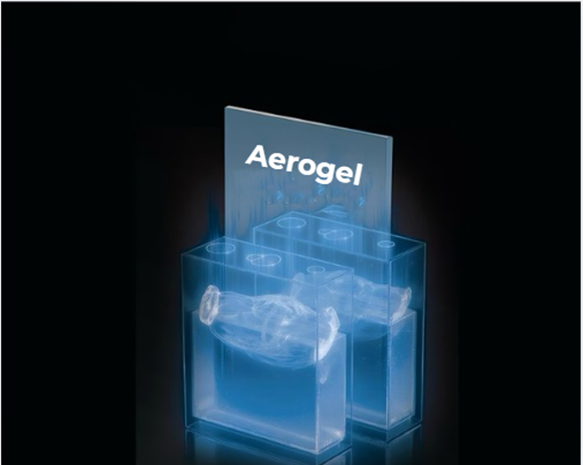
3. Intelligent Battery Management System Safety (System-Level Safety)
The BMS acts as the battery's "brain," monitoring voltage, current, temperature, state of charge (SOC), and state of health (SOH) whilst enacting protective measures during anomalies. A faulty BMS may fail to detect problems, allowing overcharging, overheating, or short circuits to worsen. Challenges often arise from inaccurate sensors, flawed software algorithms, or ageing hardware—issues that can affect any battery-powered system.
AlphaESS's 13 years of expertise in smart Battery Management Systems (BMS), refined since 2012, ensures precise monitoring and optimisation of battery performance—preventing overcharging, overheating, and other risks with unmatched accuracy. With real-time diagnostics and fault detection, it prevents issues before they happen.
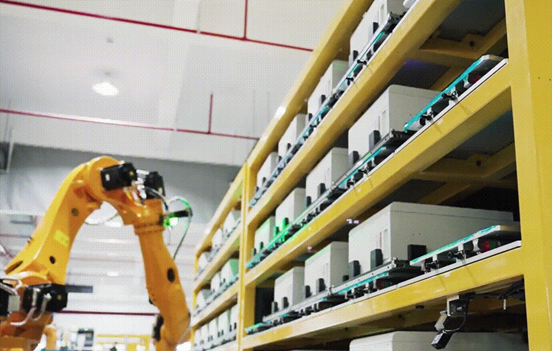
4. External Environment and Usage Safety
How a battery is used is just as important as how it's constructed. External factors—charging equipment, usage patterns, ambient temperatures, and physical impacts—play a significant role. Risks include improper charging (e.g., rapid charging or poor-quality chargers), extreme weather (extreme heat or bitter cold), or damage from mishandling or accidents. Overheating during charging or impact-related failures are common concerns across diverse applications.
AlphaESS's systems endure rigorous testing to deliver unmatched resilience in even the harshest conditions. We conduct low-pressure testing to simulate high-altitude environments, ensuring reliability across diverse geographical regions, alongside salt spray testing for corrosion resistance in coastal applications, and temperature shock and humidity cycling to prove durability through environmental changes.
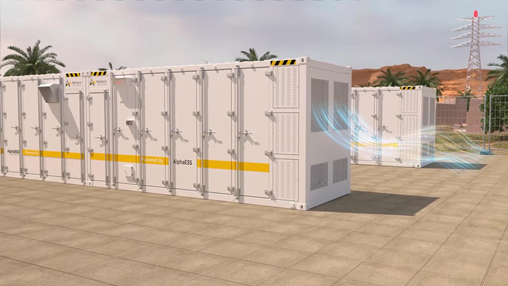
5. Global Standards & Certifications
Compliance with international and regional safety standards, such as IEC 62109 and UL 9540A, is essential to ensure batteries are safe during production, transportation, and use. Non-compliance can result in market access barriers or real-world safety incidents, eroding trust and reliability, regardless of where the battery is employed.
All AlphaESS products are rigorously tested and certified to meet or exceed international safety standards, including IEC, UL9540A, and more, confirming our systems' capability to stop fire spread during thermal runaway events. We don't just aim for compliance — we aim for peace of mind.
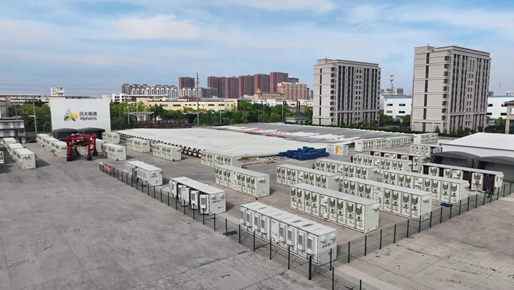
Safety in Action: Continuous Innovation
Beyond product design, AlphaESS is committed to ongoing R&D, testing, and improvement. From factory-level quality control to remote updates, we ensure our systems remain safe and smart — even after installation.We also invest in training for installers and partners, so the systems are handled with care, installed properly, and maintained over time.
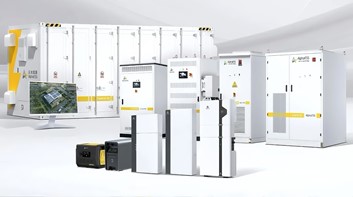
-

(5).png) The Golden Rules of Choosing the Right Home Battery
The Golden Rules of Choosing the Right Home Battery2025-07-03
-

(1920x1080xiangsu)(300x248xiangsu).png) More and more homeowners are discovering that solar alone not enough
More and more homeowners are discovering that solar alone not enough2025-06-18
-

 Battery Safety: More Critical Than Ever—From EVs to Energy Storage
Battery Safety: More Critical Than Ever—From EVs to Energy Storage2025-04-10
-

 [Battery Life 102] Maximizing Battery Life with AlphaESS Technology & Practical Maintenance Tips
[Battery Life 102] Maximizing Battery Life with AlphaESS Technology & Practical Maintenance Tips2025-04-09



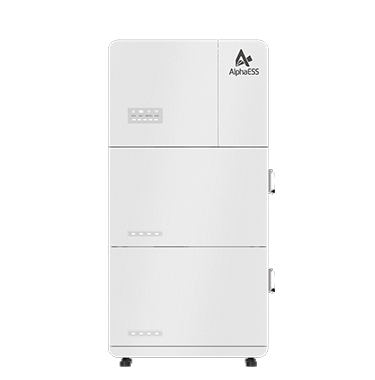
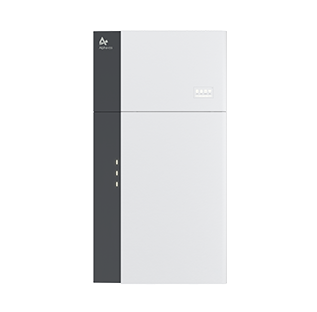
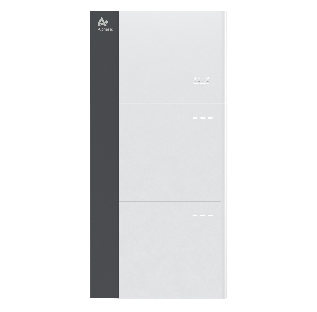
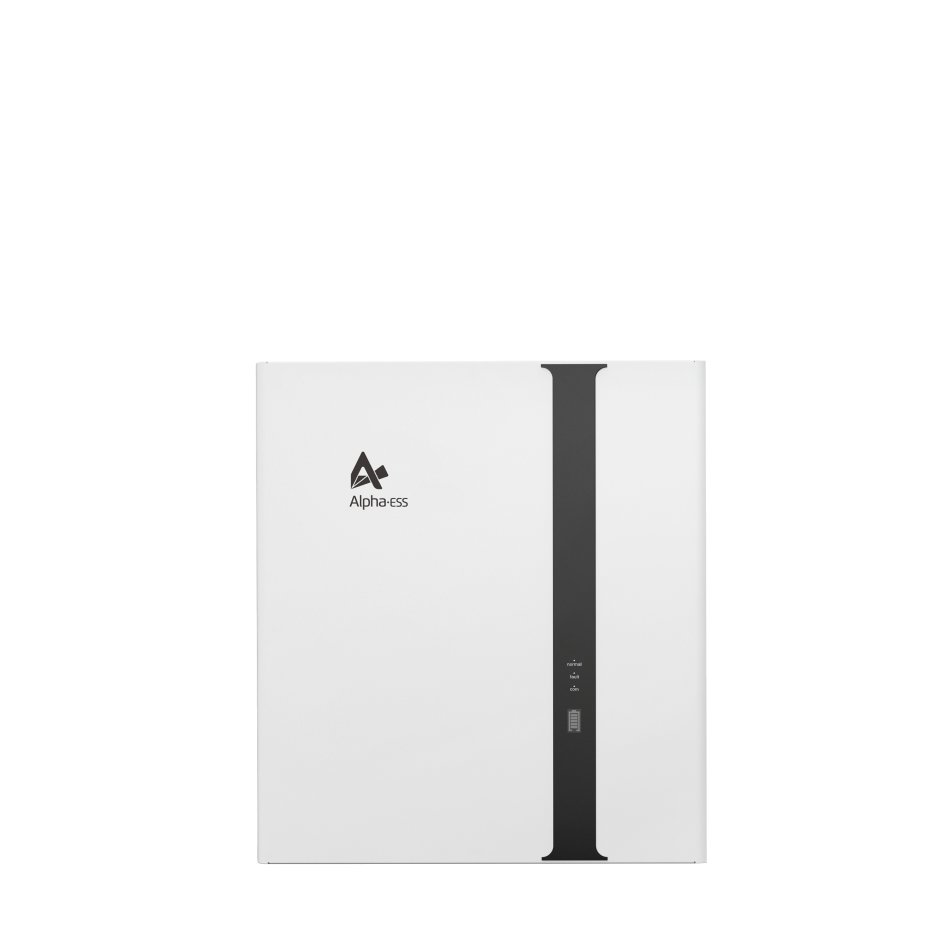

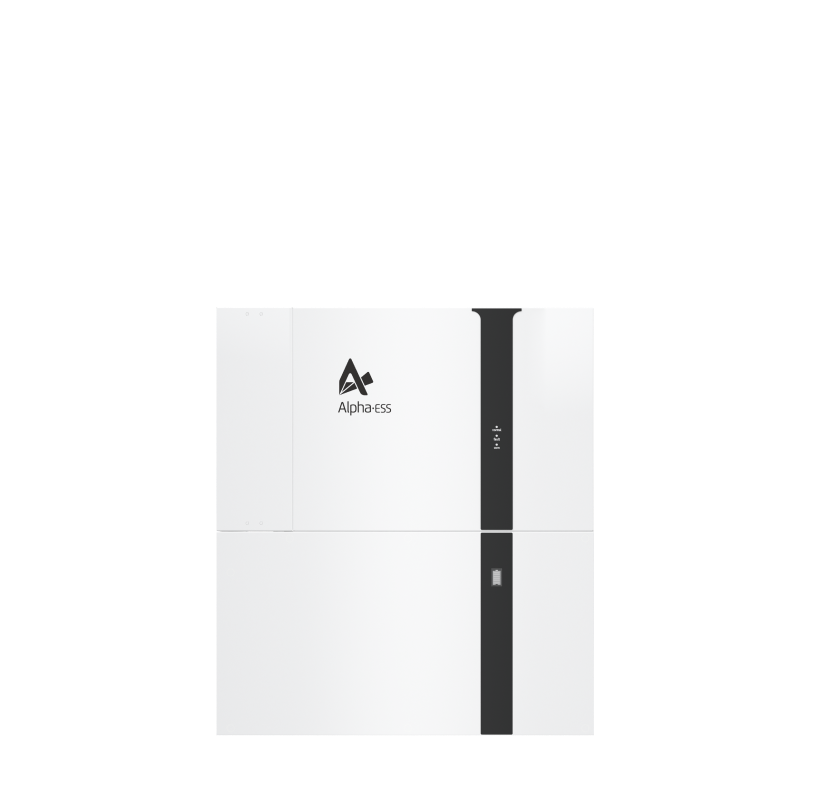

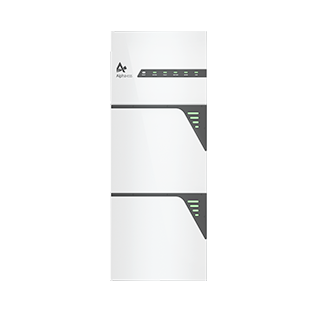


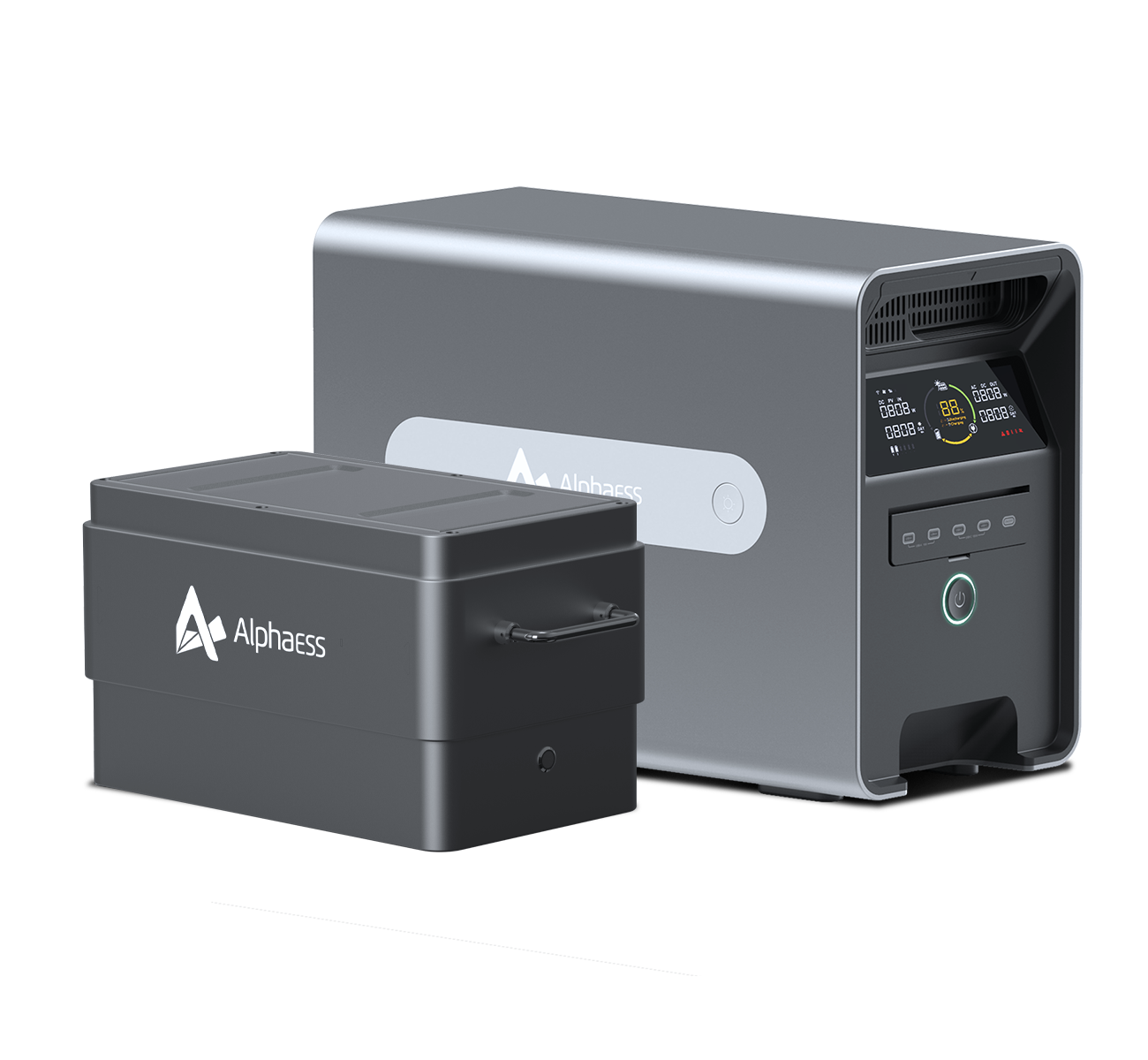
.png)
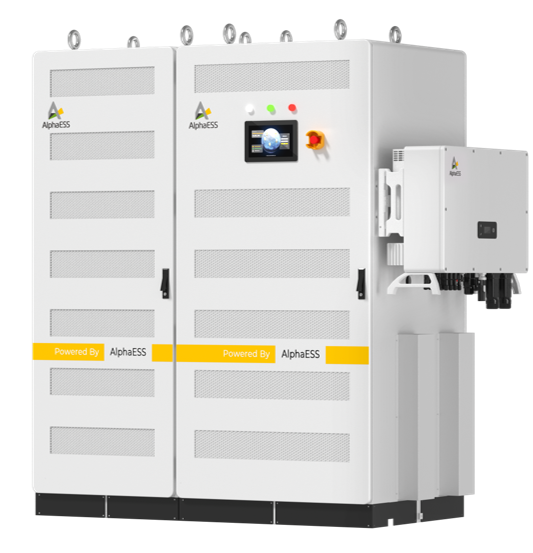
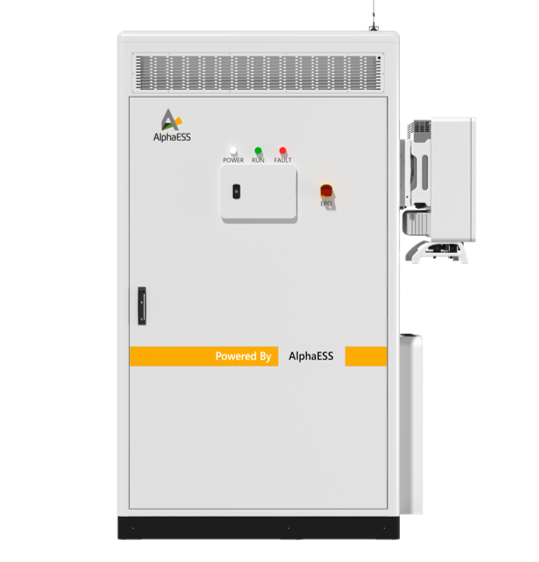
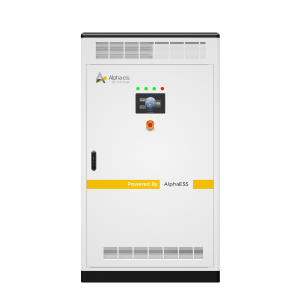
(2).png)
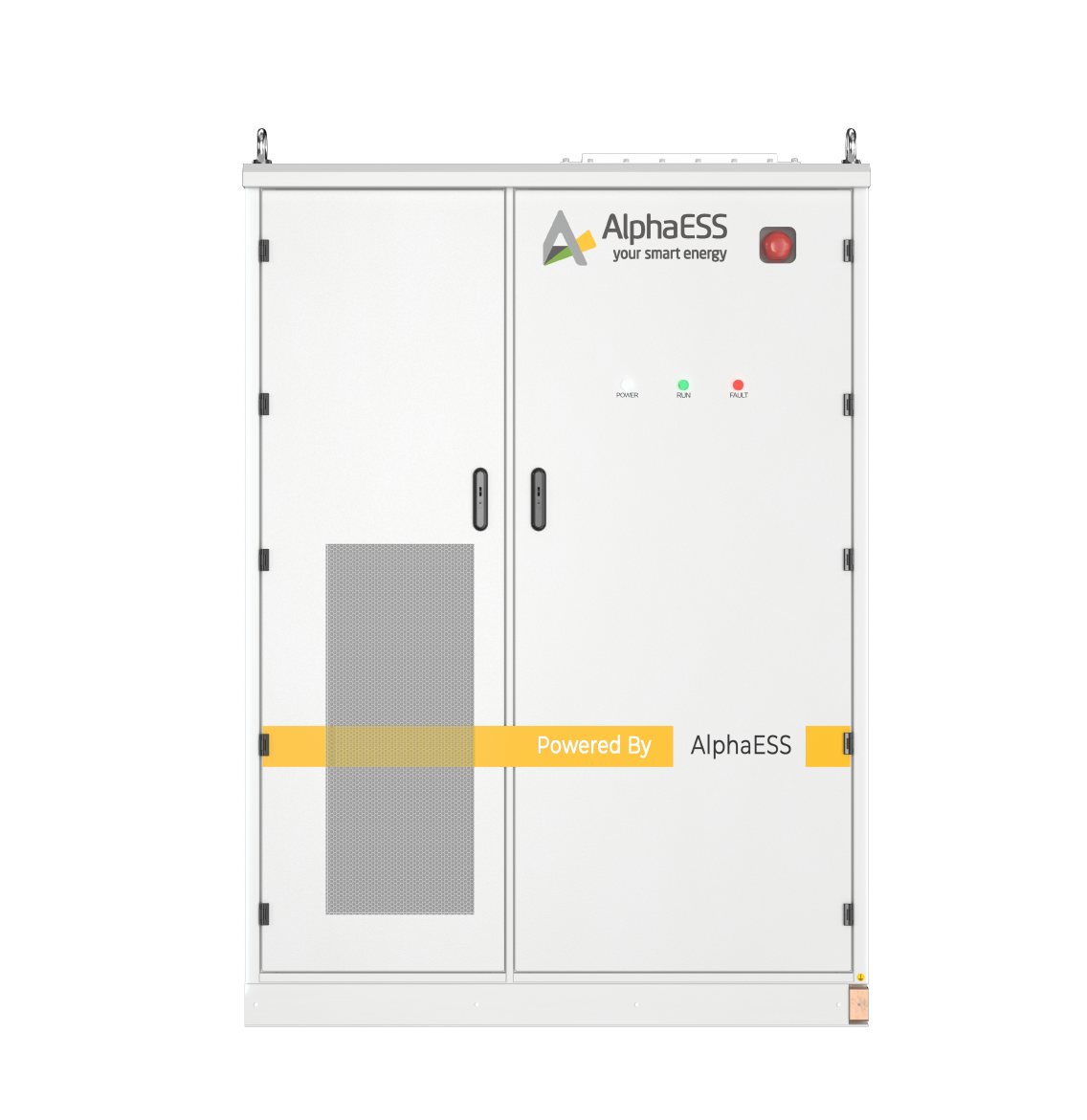
(4).png)
(545x562xiangsu)(2).png)
(545x562xiangsu)(3).png)
(545x562xiangsu)(4).png)



